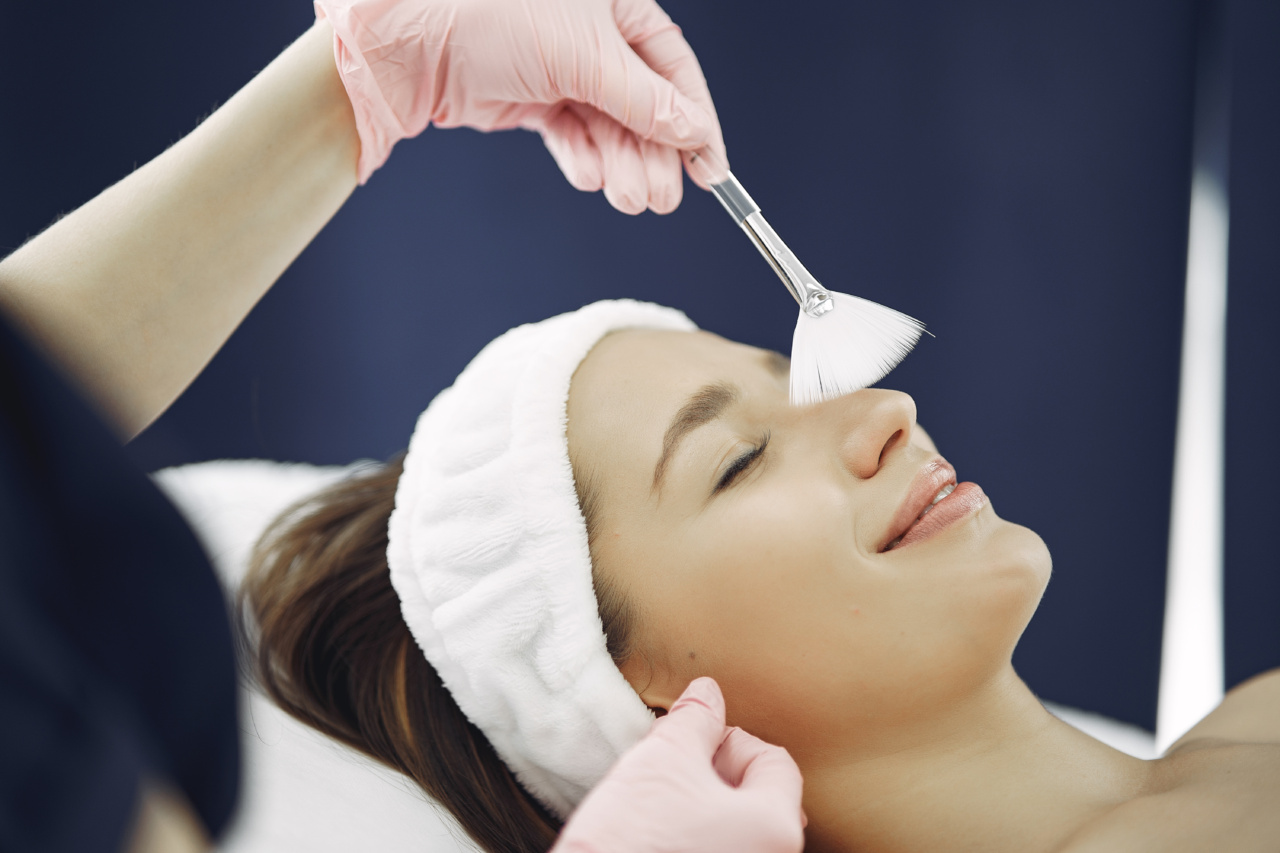Skin ulcers are painful and often chronic wounds that can be difficult to heal. They can occur due to a variety of reasons, including poor circulation, diabetes, pressure, or infection.
People affected by skin ulcers often experience discomfort and impaired mobility, impacting their quality of life. Over the years, medical professionals have been researching and developing new treatment methods to promote the healing of skin ulcers effectively.
1. Debridement
Debridement is a method used to remove dead or infected tissue from the ulcer site. This process helps to stimulate the growth of healthy tissue and accelerate wound healing. There are several types of debridement, including:.
2. Dressings and Bandages
Using the right dressings and bandages is crucial for treating skin ulcers. The primary goals of dressings are to keep the wound clean, provide a moist environment for healing, and protect it from external contaminants.
Some commonly used dressings include:.
3. Topical Medications
Topical medications can be applied directly to the ulcer site to facilitate healing. These medications can include:.
4. Negative Pressure Wound Therapy (NPWT)
Negative Pressure Wound Therapy (NPWT) is a treatment method that involves the application of negative pressure to the wound site. NPWT is known to promote wound healing by:.
5. Skin Grafts and Substitutes
In severe cases, skin ulcers may require more advanced treatment methods like skin grafting or substituting. These procedures involve:.
6. Hyperbaric Oxygen Therapy (HBOT)
Hyperbaric Oxygen Therapy (HBOT) is a treatment that involves breathing 100% pure oxygen in a pressurized chamber. This therapy can help heal skin ulcers by:.
7. Bioengineered Tissues
Another innovative treatment method for skin ulcers involves the use of bioengineered tissues. These tissues are created in a laboratory and designed to stimulate wound healing. They can:.
8. Electrical Stimulation
Electrical stimulation is a non-invasive treatment method that applies an electrical current to the skin ulcer. This therapy can help in the healing process by:.
9. Compression Therapy
Compression therapy is commonly used to treat venous leg ulcers. It involves applying pressure to the affected area with the help of:.
10. Platelet-Rich Plasma (PRP) Therapy
Platelet-Rich Plasma (PRP) therapy is a regenerative treatment method that utilizes the patient’s own blood to promote healing. PRP contains a high concentration of growth factors and proteins that can:.
Conclusion
Healing skin ulcers can be a challenging and time-consuming process. However, with the latest treatment methods available, there is hope for patients suffering from these chronic wounds.
It is essential to consult with a healthcare professional to determine the most suitable treatment approach based on individual circumstances. By staying informed about the latest advancements in ulcer care, patients can maximize their chances of successful healing and improved quality of life.































